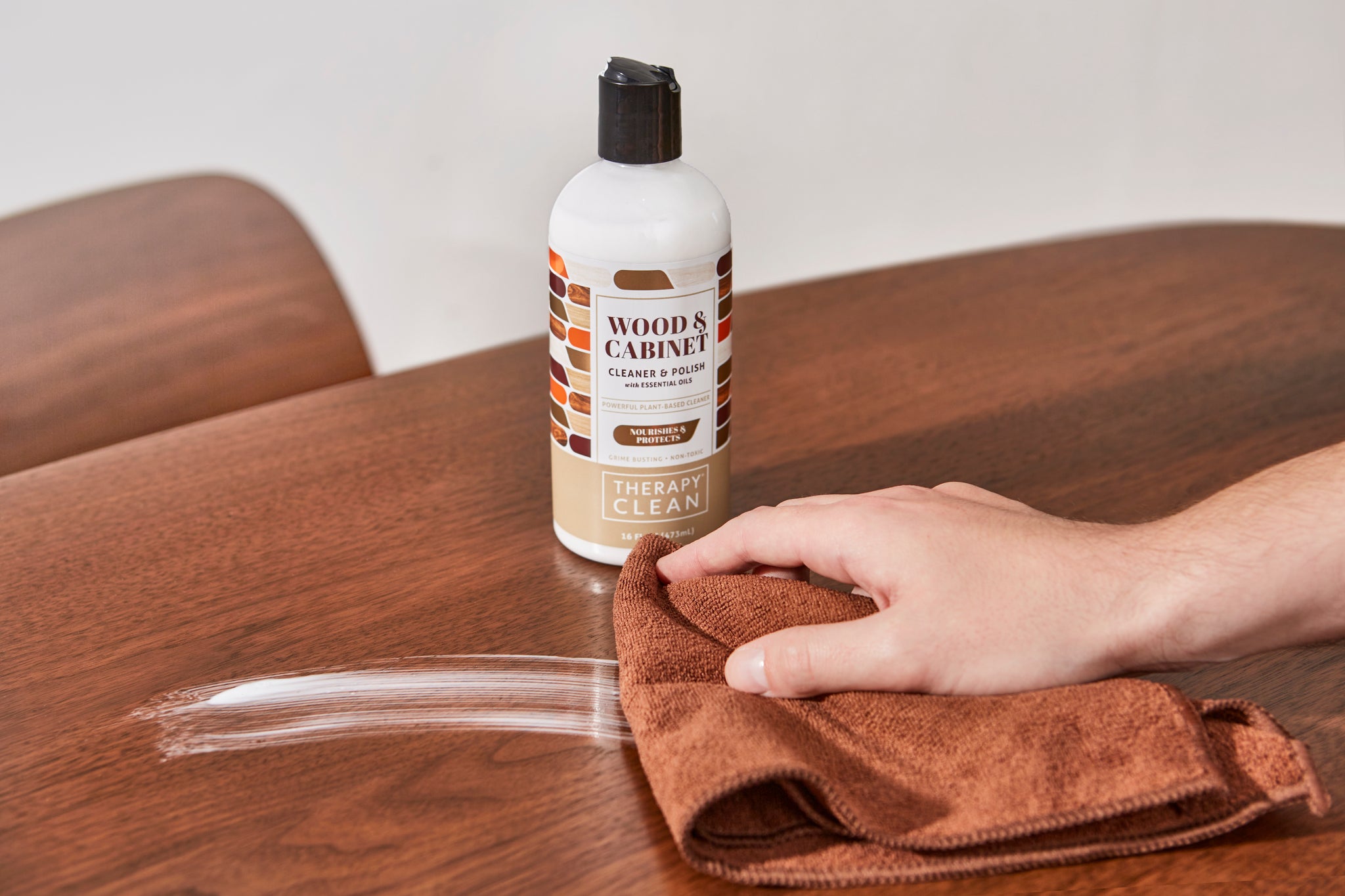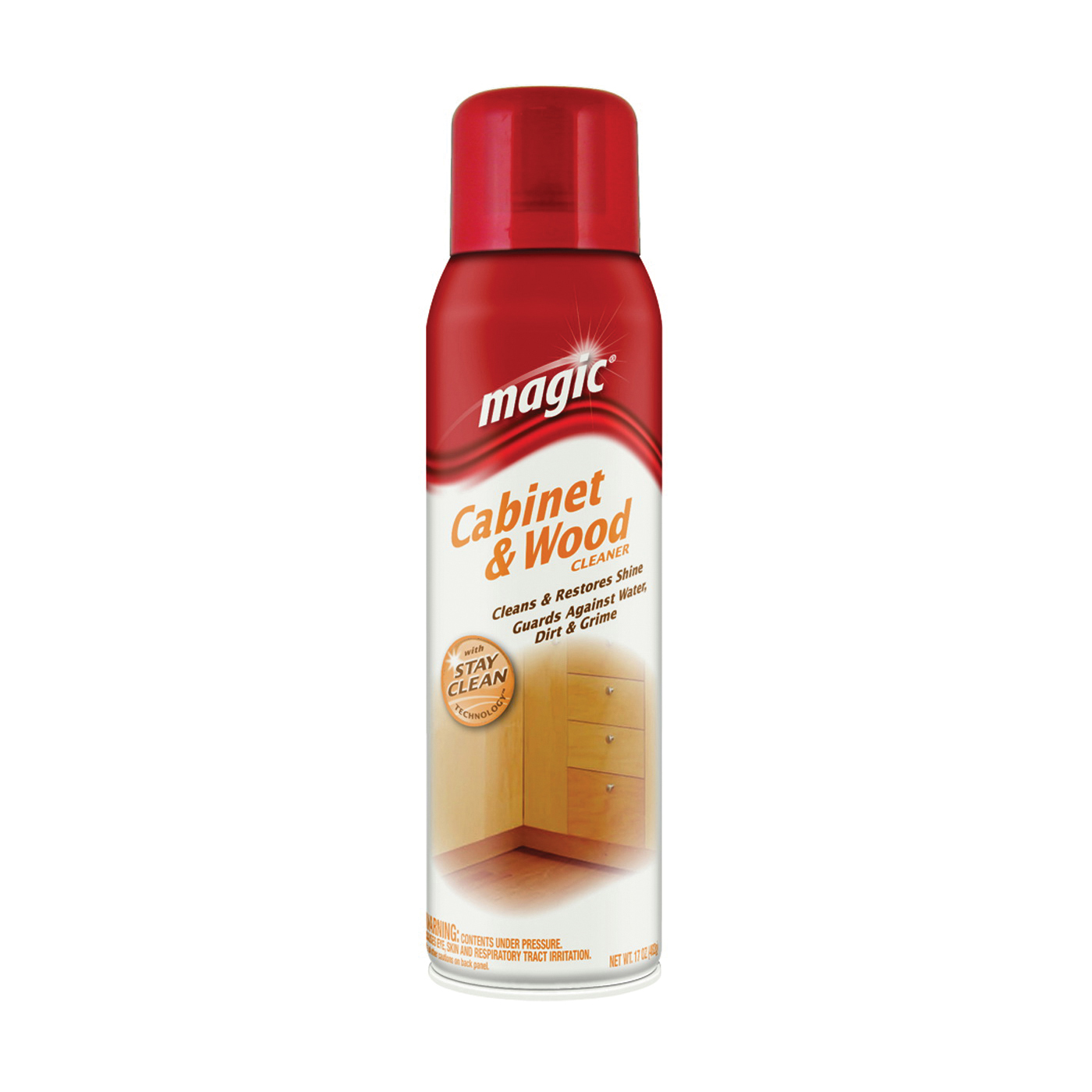Maintaining the Magic Cabinet’s Finish

Preserving the exquisite finish of a magic cabinet requires diligent care and attention. The cabinet’s aesthetic appeal and longevity depend heavily on consistent maintenance, protecting its value and ensuring it remains a cherished piece for years to come. Neglect can lead to irreversible damage, diminishing both its visual charm and potential resale value.
Magic cabinet and wood cleaner and polish – Regular cleaning and polishing are crucial for maintaining the cabinet’s finish. The frequency depends on factors like the cabinet’s location (high-traffic areas require more frequent cleaning), the type of finish (high-gloss finishes show dust and smudges more readily), and the environment (humidity and dust levels influence the accumulation of grime).
Cleaning Methods for Magic Cabinets
Cleaning should be gentle to avoid scratching or damaging the finish. A soft, lint-free cloth slightly dampened with distilled water (to avoid mineral deposits) is usually sufficient for routine cleaning. For more stubborn marks, a mild, non-abrasive cleaner specifically designed for wood furniture can be used. Always test any cleaner on an inconspicuous area first to ensure it doesn’t damage the finish. After cleaning, immediately buff the surface dry with a clean, soft cloth to prevent watermarks.
Preventing Damage to the Cabinet’s Finish
Protecting the cabinet from scratches, spills, and extreme temperatures is paramount. Use coasters under drinks and placemats under serving dishes to prevent spills and scratches. Avoid placing hot items directly on the cabinet’s surface, as the heat can cause warping or discoloration. Keep the cabinet away from direct sunlight and sources of heat to prevent fading and cracking. Consider using protective felt pads on the bottom of any objects placed on the cabinet to prevent scratches. Regular dusting prevents the accumulation of abrasive particles that can scratch the surface.
Addressing Common Cleaning and Polishing Problems
Watermarks are a common issue. They can often be removed by gently buffing the affected area with a dry, soft cloth. Stubborn watermarks may require a wood cleaner and polish specifically formulated to remove water rings. Scratches are more challenging to address. Minor scratches can sometimes be buffed out with a very fine-grit polishing compound, but deep scratches may require professional restoration. Avoid using abrasive cleaners or scouring pads, which can worsen scratches.
Maintenance Schedule for a Magic Cabinet
A consistent maintenance schedule will help preserve your cabinet’s beauty and value. The following schedule provides a framework, adaptable based on individual needs and the cabinet’s condition.
- Daily: Dust the cabinet with a soft, dry cloth or feather duster.
- Weekly: Wipe down the cabinet with a slightly damp (distilled water) lint-free cloth. Pay attention to high-traffic areas.
- Monthly: Use a wood cleaner and polish designed for the cabinet’s finish. Follow product instructions carefully.
- Annually: Inspect the cabinet for any damage, such as scratches or watermarks. Address minor issues promptly. Consider professional cleaning and polishing if necessary.
- As Needed: Address spills immediately with a soft cloth and appropriate cleaner. Protect the cabinet from extreme temperatures and direct sunlight.
Wood Cleaner and Polish Selection and Application: Magic Cabinet And Wood Cleaner And Polish

Maintaining the lustrous finish of a magic cabinet, a cherished heirloom or a prized possession, requires careful consideration of the cleaning and polishing products used. The wrong choice can lead to irreversible damage, dulling the wood’s natural beauty or even stripping away its protective layers. Understanding the chemical composition of different cleaners and polishes, and their compatibility with various wood types, is crucial for preserving the cabinet’s value and aesthetic appeal.
Chemical Composition and Wood Type Compatibility
Wood cleaners and polishes typically contain a blend of solvents, emulsifiers, and polishing agents. Solvents dissolve dirt and grime, emulsifiers help to lift and suspend these particles in the cleaning solution, preventing them from redepositing on the surface. Polishing agents, often waxes or oils, add a protective layer that enhances the wood’s sheen and protects it from moisture and dust. However, the specific composition varies widely. Some cleaners are harsh, relying on strong solvents that can damage delicate wood finishes. Others are gentler, using plant-based oils and mild surfactants. For example, a cleaner containing mineral spirits might be suitable for a robust wood like oak, but could dull or damage a more sensitive wood like cherry. Similarly, a polish containing abrasive silica might provide a high gloss on mahogany but could scratch a softer wood like pine. Careful selection based on wood type is paramount.
Best Cleaners and Polishes for Specific Wood Types
The choice of cleaner and polish should always align with the type of wood. For hardwoods like mahogany, oak, and cherry, a gentle cleaner based on a mild soap and water solution is often sufficient for routine cleaning. For more stubborn stains, a cleaner containing a small amount of denatured alcohol can be effective, but should be tested in an inconspicuous area first. Following cleaning, a high-quality furniture polish containing beeswax or carnauba wax can provide a protective layer and enhance the wood’s natural luster. For softer woods, such as pine or maple, an even gentler approach is recommended. A cleaner specifically formulated for delicate surfaces, perhaps one based on plant-derived oils, is ideal. Avoid abrasive cleaners and polishes entirely, as these can easily scratch the surface. For exotic woods, always consult a specialist or the manufacturer’s recommendations.
Application Techniques and Safety Precautions, Magic cabinet and wood cleaner and polish
Proper application is just as important as product selection. Begin by dusting the cabinet thoroughly to remove loose dirt and debris. Apply the cleaner sparingly, using a soft, lint-free cloth. Work in the direction of the wood grain, avoiding circular motions that can create swirl marks. For larger cabinets, sectioning the surface into manageable areas ensures even cleaning. Allow the cleaner to dwell for a short time before wiping it off with a clean, damp cloth, followed by a dry cloth to remove any residual moisture. When applying polish, use a similar approach, working in the direction of the grain. Let the polish dry completely before handling the cabinet. Always work in a well-ventilated area, especially when using solvent-based cleaners. Wear gloves to protect your hands and avoid contact with eyes or skin. Dispose of used cleaning cloths and materials responsibly. For stubborn stains or significant damage, consulting a professional furniture restorer is always advisable.
